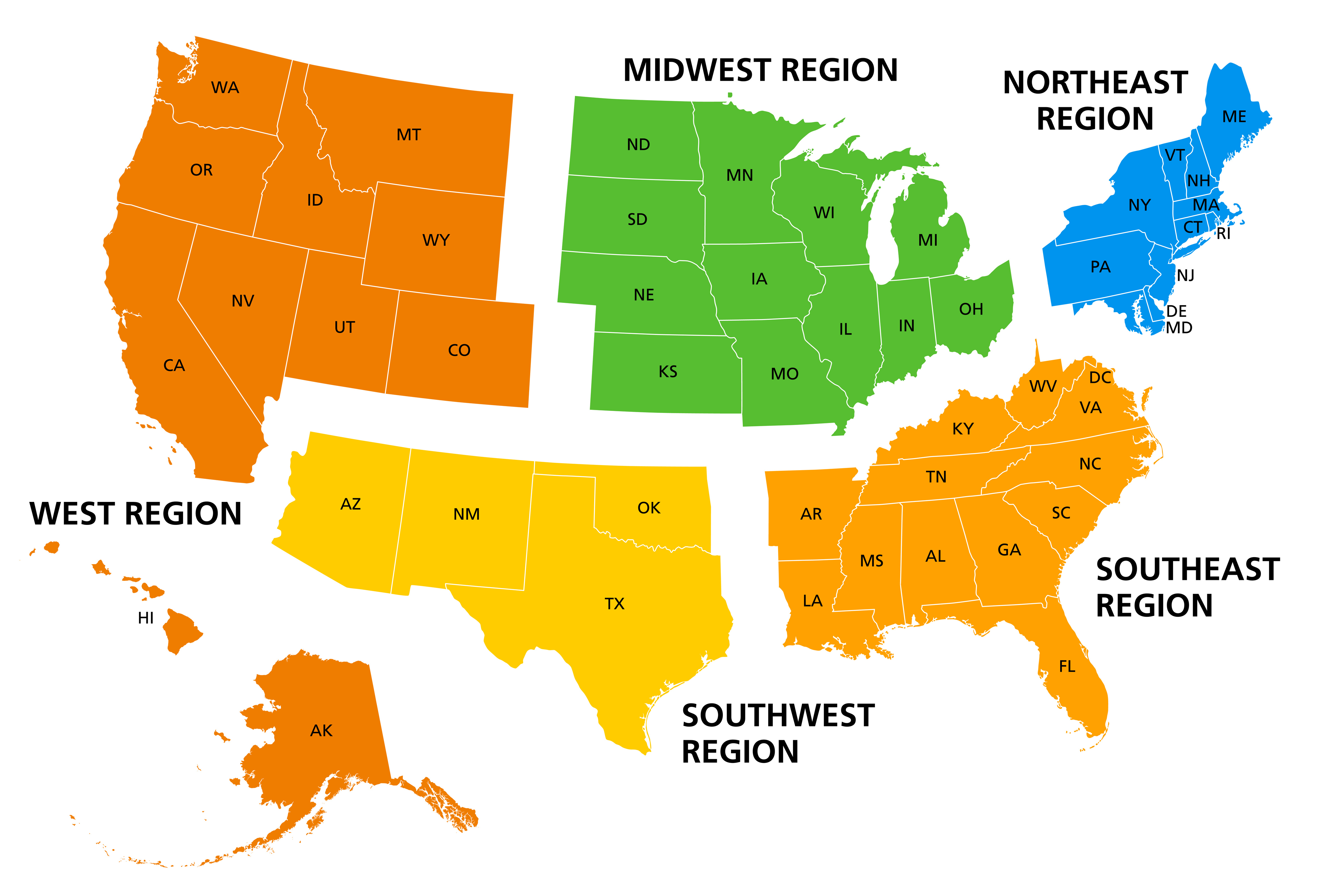The How-I-Did-It Content Marketing Model
“Why don’t you introduce your business and tell us what’s so great about it?” The editor of Start Your Own Business 2025 suggests to the founder of London-based ‘Go Car Shine’, posing three specific questions to guide the entrepreneur’s response:
- What made your business perfect for crowd funding?
- How was the experience?
- What advice would you give somebody with a great idea and a need for funding?
Score.org’s Rieva Lesonsky offers entrepreneurs some dos and don’ts about crowdfunding:
Don’ts include overpromising, launching a campaign before forming an actual entity, and forgetting to pay taxes on monies raised. Must-dos, on the other hand, include:
- storytelling, sharing why you created your product or service
- knowing your audience
- setting realistic goals and timetables
Storytelling is an essential element in content marketing. However, as Seth Godin points out in his book All Marketers Tell Stories, not all stories succeed. The ones that do, he reminds us, are never aimed at everyone, only at an audience that already wants to believe. At Say it For You, we realize, knowing our target audience is the key to marketing success. The “Go Car Shine” story becomes the jumping-off point for offering advice to cash-strapped entrepreneurs, along with advice about marketing auto care services.
Whether recalling the start of your own business or professional practice or creating content for a client, it’s important to remember that recalling past failures can often turn out to be an indispensable tactic. Here’s why:
- True stories about mistakes and struggles are very humanizing, adding to connection readers feel with the people behind the business who overcame tremendous odds on the road to success.
- By sharing tales of their own struggles, owners and practitioners demonstrate they understand the obstacles their readers are facing.
- As Jamie Gutfreund once suggested in Forbes, “Gen Zs consider taking risks an important part of life and mistakes as badges of honor.”
The How-I-Did-It content marketing model is all about past failures ultimately leading to success.







Follow us online!